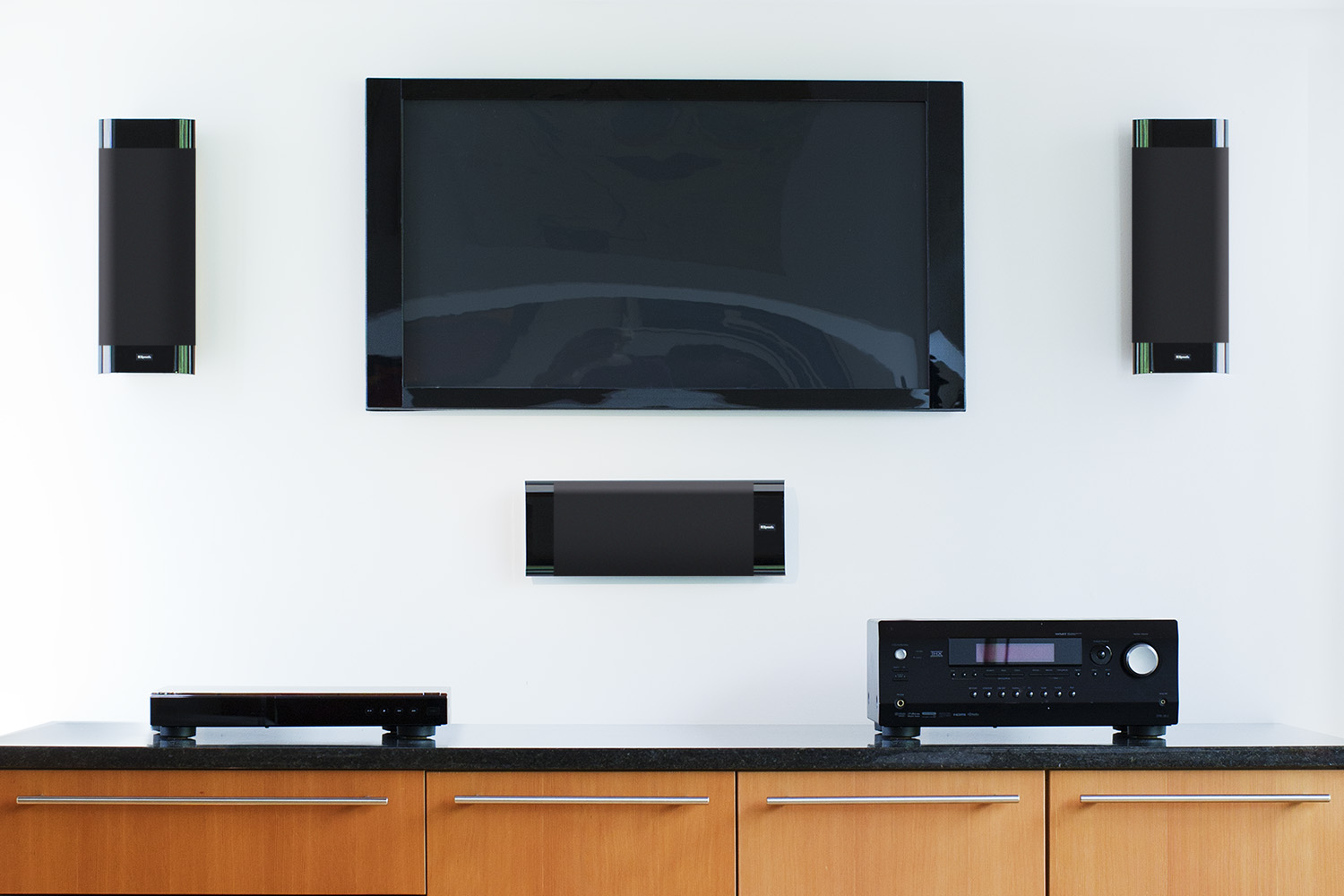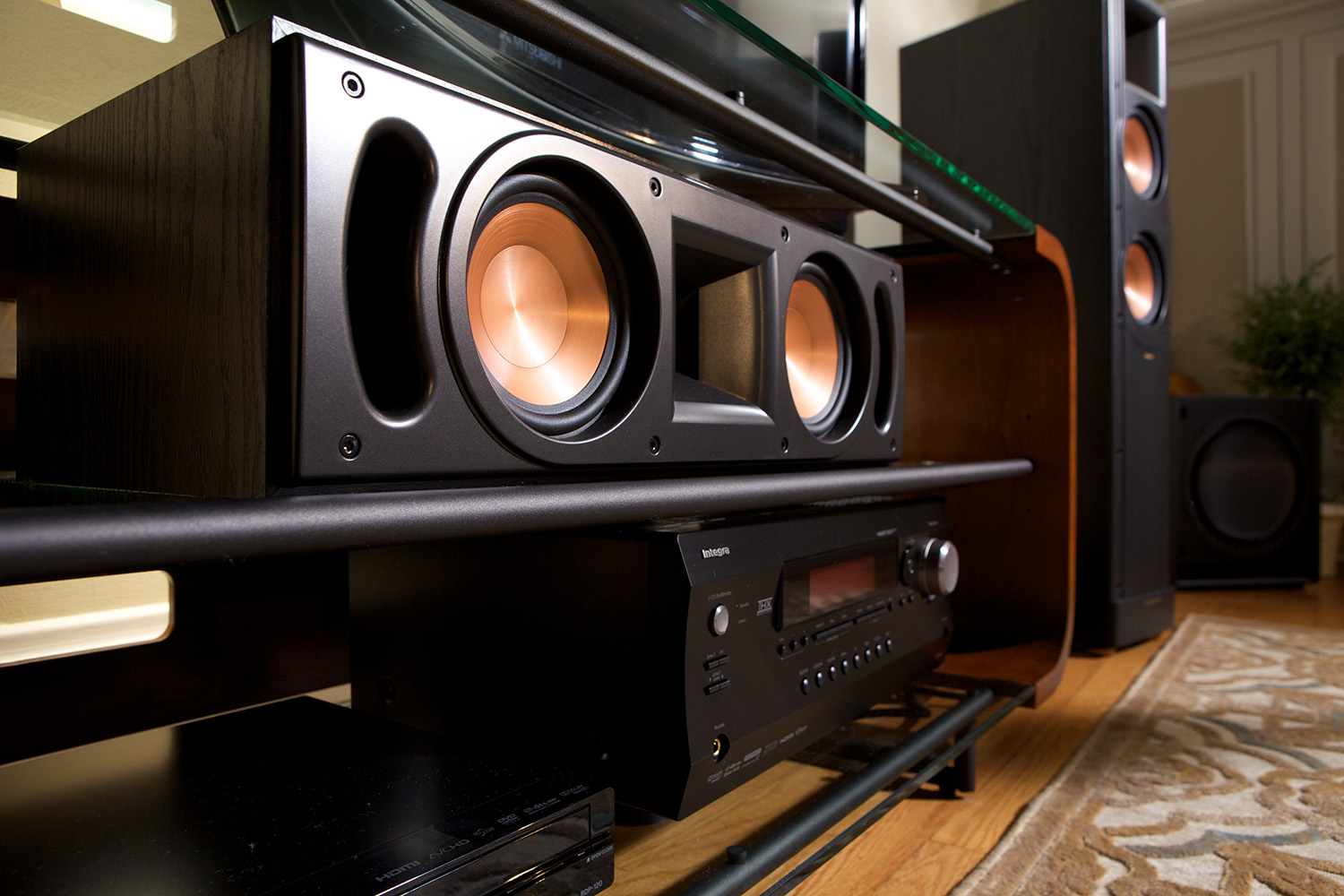
How To Buy The Best Home Theater Receiver
“What is the best home theater receiver I can buy for my Klipsch speakers?” That might be the most-asked question our customer service and social media teams field on a day-to-day basis when customers are looking to upgrade their home theater systems.
The home theater receiver (also known as an AV Receiver or "AVR") is rather important to a quality passive speaker setup. If the speakers are not amplified correctly you will not be getting the most out of your new toys. Furthermore, by over-driving or under-driving your speakers you risk blowing your speakers which no one wants to see happen.
The answer of “What is the best home theater receiver for me?” depends on your setup, the amplification, size of the room and desired features.

CHANNELS
Before picking out a receiver or even buying speakers for that matter, you need to figure out how many channels (speakers) you will be using and whether you want to add channels in the future.
To create a standard surround sound system you need a 5.1 home theater receiver, which is is to say, five full range speakers, and one subwoofer. However you can also go with a 7.1 system, adding an additional pair of speakers to your surround sound, or even a 7.2 system, which would add an additional subwoofer. (Click here to learn how to setup a 7.1/7.2 system.)
One of the newest features in home theater receivers is Dolby Atmos, a system that allows your receiver to create audio effects with height by utilizing speakers that point upwards. This can be in addition to, or in replace of, other audio channels. Whether or not you want to build a Dolby Atmos initially, you may want to consider going with a home theater receiver that has the capability so that you don’t need to upgrade in the future.
AMPLIFICATION
Paul W. Klipsch believed in four principles when making speakers: high efficiency, low distortion, controlled directivity and flat frequency response. To this day, we still design speakers this way to this day.
The high efficiency is a product of our unique horn-loaded speakers creating louder sound with less distortion. (Click here to learn more about how horn-loading works.) This means that Klipsch speakers do not need as much power to work properly and sound gear.
Of course, it is still possible to under-power your speakers. If you start to hear distortion from your Klipsch speakers, you need to turn down the volume immediately, as you could cause irreparable damage to your speakers.
INTERPRETING RECEIVER SPECIFICATIONS
Klipsch lists the RMS rating for all of its speakers. You can find it on the specs page under “Power Handling.” Remember that the power amplifier output you select must be rated for the nominal impedance of the loudspeaker. In the case of the Reference R-28F, it's RMS Rating is 150 watts and its nominal impedance is 8 ohms.
The way Klipsch measures their specs looks like this: 150 watts per channel into 8 ohms (20-20,000 Hz) at .08% THD, with all channels driven.
If the receiver manufacturer uses any rating like (1kHz) or 1ch driven, you should be aware that this is not a true rating to compare with and you will want to look for the rating that matches the one listed above.
Unfortunately, there is no exact way to convert all of these measurements to our specifications. If you have any questions about your receiver’s ability to power our speakers, please contact Klipsch customer service at 1-800-KLIPSCH. Please be ready to provide the brand, model number and listed specifications of your receiver.
ROOM SIZE
One of the most important considerations when purchasing a home theater receiver is figuring out how much power you really need for your room’s size.
The more watts, the more easily a speaker will fill up a room. So, if you have a larger room, go for a receiver that lists a higher number of watts. If you have a smaller room, you can select a receiver that is closer to the lower end.

FEATURES
There may be a variety of receivers that fit the power rating that you need to properly drive your speakers. This means you can then narrow down your options by deciding what features you want in the receiver. Typically, the most important receivers are the number of inputs like HDMI, WiFi, AirPlay, Bluetooth, etc.
Features like these are some of the things that change the most often on receivers. If you’re expecting to upgrade your home theater receiver frequently, you can save money in the short term by not spending money on features you’re not going to use. However, if you expect to keep your receiver for along time, you may want to purchase the best home theater receiver you can, in order to get all the best available features.
HOME THEATER RECEIVER BRANDS
We do not prefer a certain brand of receiver over another. Why? Because there are a lot of options out there and we don’t want to play favorites. Often, the feature sets should be the defining factor between receivers that offer the same amplification.
WARNING
Consider this a disclaimer. It is entirely possible to damage a Klipsch speaker by under-powering it. Power handling depends on the type of input signal and the user - not the manufacturer - controls the input signal in actual use. Clipped signals are a death sentence to speakers, even if the clipping occurs in the mixer, equalizer or other signal processors.
If you have any questions regarding the best home theater receiver for your Klipsch speakers, please call us at 1-800-KLIPSCH or post a comment below.
What home theater receiver do you use with your Klipsch speakers? Tell us in the comments!
